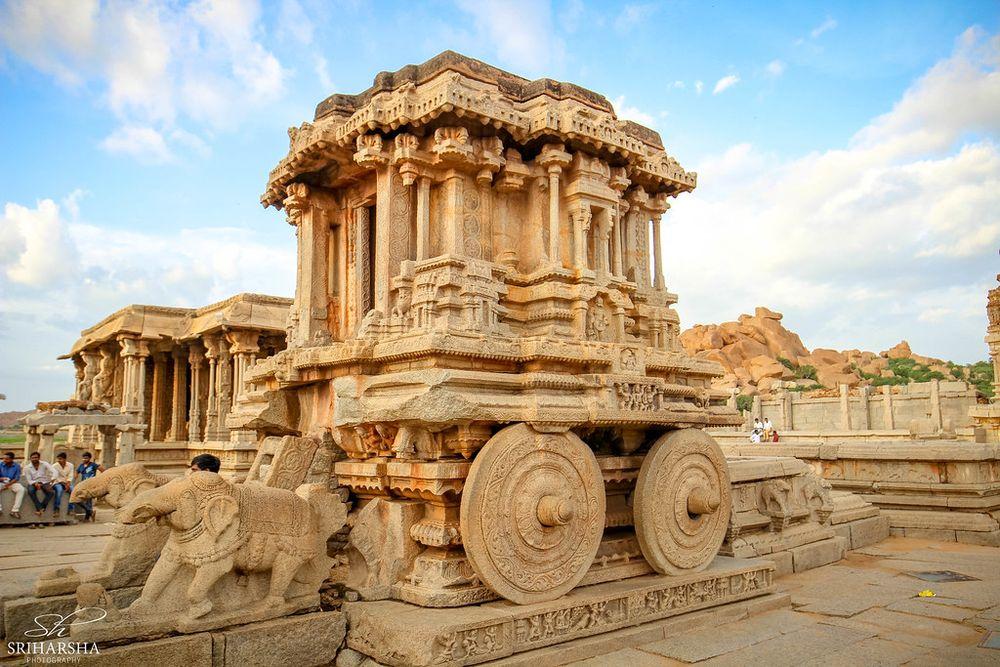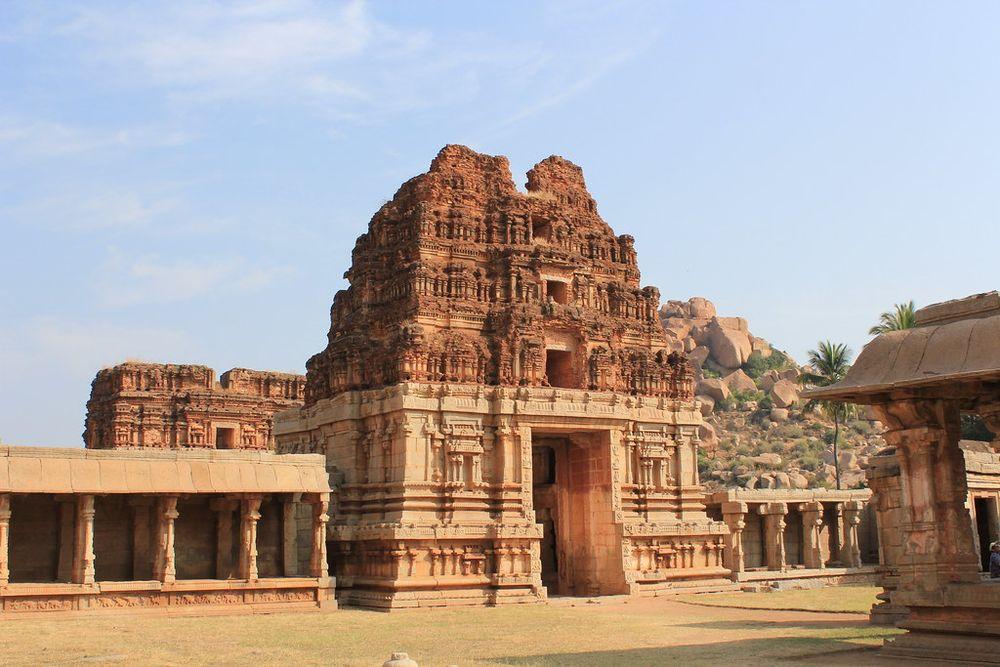One of Karnataka's most preserved gems, Hampi, the city of ruins, is an UNESCO World Heritage Site. Hampi is loaded with history and peacefulness. It is home to ancient ruins and captivating scenery.
Located in the shadowed abyss of slopes and valleys in the territory of Karnataka, this city is an ancient dig for travellers.
There are immemorial monuments, wonderful temples, crowded road markets, and fascinating antiquities from the Vijayanagar Empire at each step and each has an extraordinary element as far as the architecture, importance, and the tales that they need to tell.
Rock-climbing lovers will love Hampi, considered the bouldering capital of India, and the city's mountainous terrain, specked with antiquated temple ruins, makes for an extraordinary climbing experience.
Famous places
Shree Virupaksha Temple is situated on the banks of the Tungabhadra River at Hampi. Constructed during the seventh century, the excellent architecture and history of the temple have made it an UNESCO World Heritage site.
Matanga Hill is located at the eastern end of the Hampi Bazaar and offers an awestruck view of the ruined city and the all-embracing view beneath.
Vijaya Vittala Temple has some beautiful stone structures - like the stone Rockaway which cannot be described in words and the fascinating musical pillars.
Hemakuta Hill Temple has its slight slopes spread with numerous temples, archways, and pavilions.
Hampi Bazaar Street is also known as VirupakshaBazaar is lined with a series of granite pavilions
Tunnel Cave

Caving is about exploration, finding a bewildering underground scene of stalactites, and lakes, and natural caves that were cool, and frightfully quietness bars the echoes of secret creatures and ancient people.
Tunnel cave escorts to the Tungabhadra River from the Monolithic Bull. This cave is for individuals who love to scout the unexplored. It is a route loaded with rocks and experience. The best thing here is to appreciate the sunset and the sight of coracle rides together.
Hampi Painting Gallery

Art has the ability to connect with the spirit and show feelings that can't be said or composed. India is honoured with splendid artists and works of art. Explore the art gallery which dwells in the middle of the main avenue of the old Hampi Bazaar between the Virupaksha Temple and the Monolithic Bull.
This art gallery shows the turn of events and the distinction of maintenance of the Historical Ruins from the hour of 1509 to the present 2020. The Photographs that show the advancement and evolution of the ruins were taken by Italian, French, and Indian picture takers at various times.
The Indian Stonehenge

The Indian Stonehenge lies in the far rocks and ruins of Hampi behind the Elephant's Stables and beyond the deserted ground. It's an amazing place worthy of a visit. It is believed that this would be a monitoring place for the soldiers who protected Hampi under the control of King Krishna Deva Rai.
The basement of Queen's Palace

The Queen's Palace is a ruined structure that has just the basement as proof of its reality. The intricate base is a three-layered luxurious structure that proposes that the first castle may have been a stupendous structure.
History enlightens us regarding the lavish existence of queens. However, it involves interest Is it possible that the paintings and the paints used in the first century are still surviving.
The remains have been found of the organic paints just as the thoughtful Zen chakra in the cellar of the Queen's castle, which may imply that either the Kings or Queens had confidence in the Zen philosophies. Sri Lankan mythical beast designs are likewise observed on the equivalent.
Ugra Narasimha
Rudra/Ugra Narasimha temple is not a very famous tourist spot but it has wonderful architecture. The story behind the name of this temple is clearly worth considering.
The temple is named Ugra Narasimhawhere Ugra implies brimming with outrage which essentially can be seen on the face of the divinity, however, to astound, after the temple was named, the archaeologist found that the god of Narasimha (lord) has hands of Lord Vishnuon his back which connotes blessings.
In this way, the articulations propose a cheerful and convivial nature of the Lord Narasimha. It is Presently known as Laxmi Narasimha.




